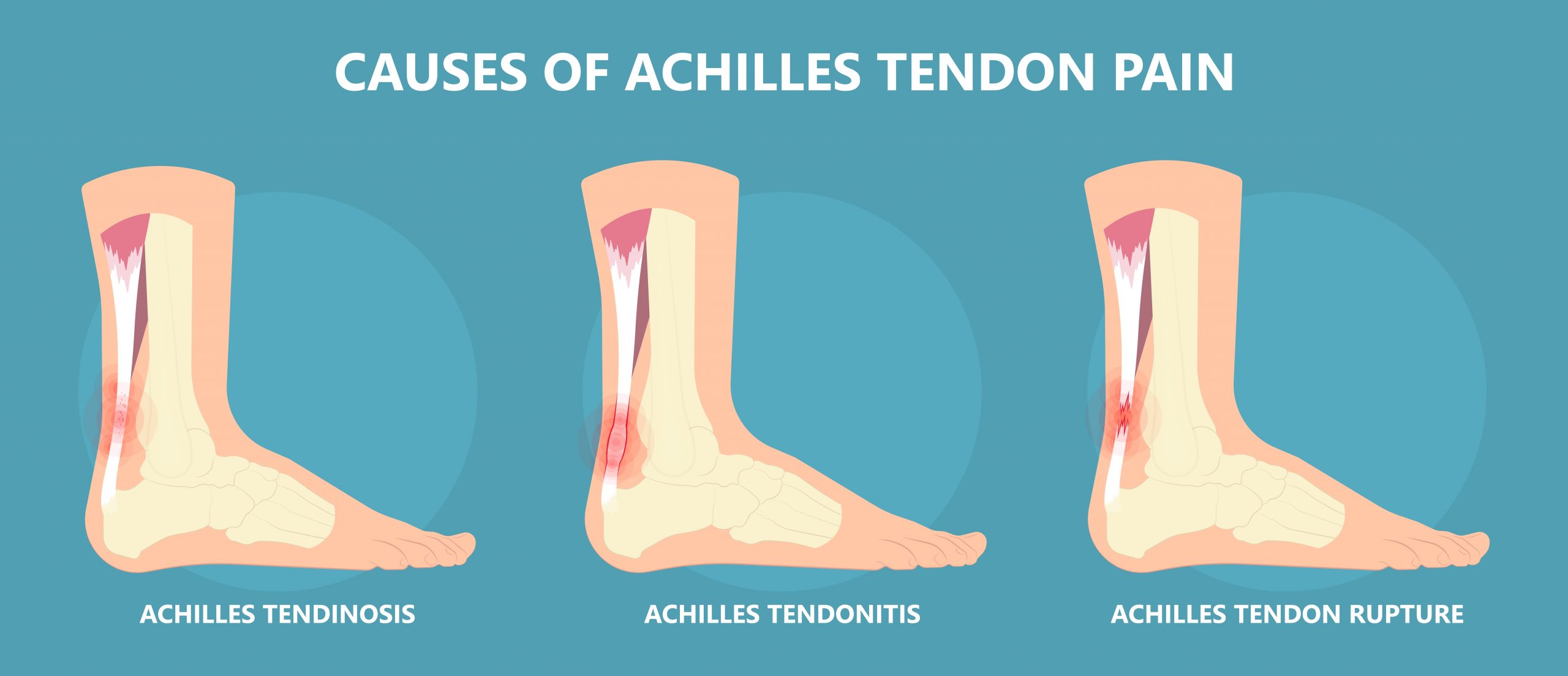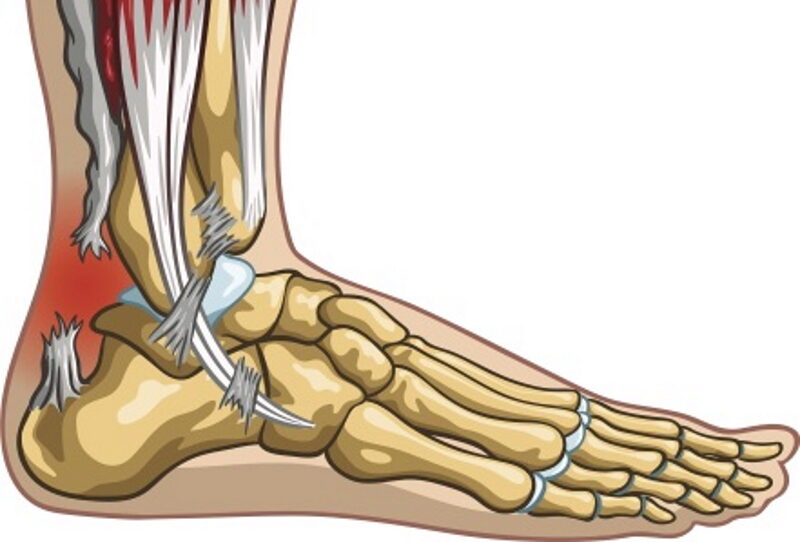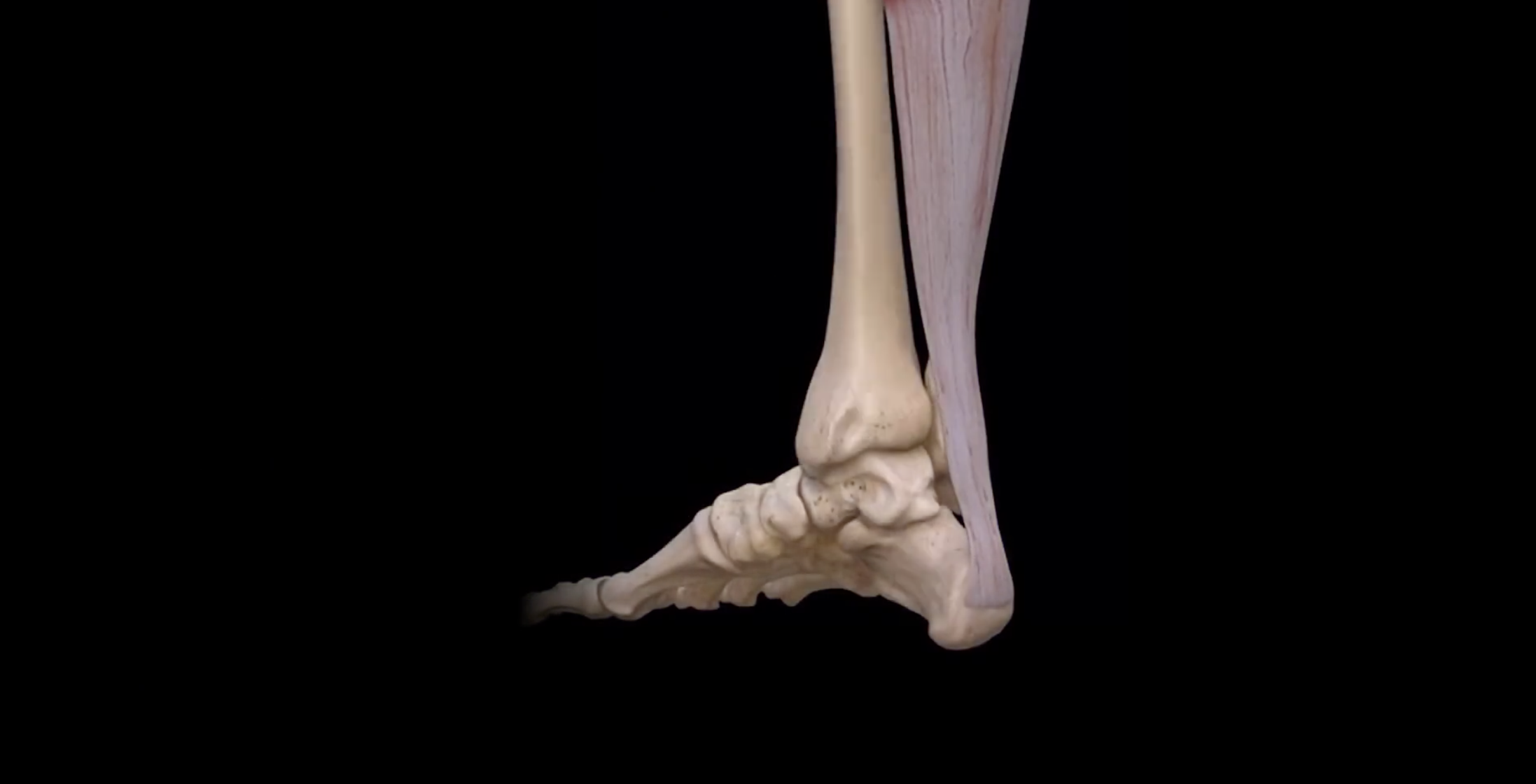Understanding Gibbs Injury

Gibbs injury, also known as a “tear drop fracture,” is a specific type of fracture affecting the bone that forms the back of the shoulder joint, the scapula. It occurs when the scapula’s bony prominence, the glenoid, is displaced from its normal position. This displacement typically involves the glenoid’s inferior (lower) portion, resulting in a characteristic “tear drop” shape on X-ray images.
Causes of Gibbs Injury
Gibbs injuries primarily occur due to a forceful impact or trauma to the shoulder joint. The most common causes include:
- Direct blow to the shoulder: This can happen during sports, falls, or motor vehicle accidents.
- Forceful abduction and external rotation: This occurs when the arm is raised away from the body and rotated outwards, often seen in throwing sports or during a fall.
- Shoulder dislocation: A dislocated shoulder can cause a Gibbs injury if the force of the dislocation fractures the glenoid.
Symptoms of Gibbs Injury
Gibbs injury typically presents with a combination of symptoms, including:
- Pain: Intense pain in the shoulder, often exacerbated by movement.
- Swelling: Swelling around the shoulder joint, indicating inflammation and tissue damage.
- Tenderness: Tenderness to the touch around the affected area.
- Limited range of motion: Difficulty moving the shoulder in various directions due to pain and instability.
- Deformity: In some cases, a visible deformity may be present, particularly if the fracture is severe.
Types of Gibbs Injuries
Gibbs injuries are categorized based on the severity and extent of the fracture:
- Simple Gibbs fracture: Involves a small fracture of the glenoid’s inferior portion, without significant displacement.
- Comminuted Gibbs fracture: The glenoid is fractured into multiple fragments.
- Displaced Gibbs fracture: The glenoid is significantly displaced from its normal position.
- Associated injuries: Gibbs injuries can be accompanied by other shoulder injuries, such as rotator cuff tears, labral tears, or shoulder dislocations.
Diagnosis and Treatment

Diagnosing a Gibbs injury involves a comprehensive evaluation of the patient’s medical history, physical examination, and imaging studies. This multi-faceted approach helps healthcare professionals pinpoint the extent of the injury and guide subsequent treatment strategies.
Diagnostic Procedures
The diagnostic process for a Gibbs injury typically involves the following steps:
- Patient History: A detailed account of the injury mechanism, the onset of symptoms, and any prior medical conditions is crucial. This information helps the clinician understand the potential severity of the injury and guide the subsequent evaluation.
- Physical Examination: A thorough physical examination assesses the range of motion, tenderness, and stability of the affected joint. The clinician carefully evaluates the patient’s gait, posture, and muscle strength to identify any functional limitations.
- Imaging Studies: Imaging studies play a critical role in visualizing the extent of the injury. Common imaging modalities include:
- X-rays: X-rays provide basic structural information, revealing any fractures or dislocations. However, they may not always clearly depict ligamentous damage.
- Magnetic Resonance Imaging (MRI): MRI offers detailed images of soft tissues, including ligaments, tendons, and cartilage. It is highly sensitive in detecting ligamentous tears and other soft tissue injuries associated with a Gibbs injury.
Treatment Options
Treatment for a Gibbs injury aims to restore joint stability, alleviate pain, and promote optimal function. Treatment options can be broadly categorized into conservative and surgical approaches.
Conservative Treatment
Conservative management is often the initial approach for Gibbs injuries, especially in cases of mild to moderate ligamentous damage. It involves:
- Rest, Ice, Compression, and Elevation (RICE): This standard protocol helps reduce inflammation and pain in the initial stages of the injury.
- Immobilization: A brace or sling may be used to immobilize the affected joint and promote healing. The duration of immobilization depends on the severity of the injury.
- Pain Medications: Over-the-counter or prescription pain medications can help manage discomfort.
- Physical Therapy: Physical therapy plays a crucial role in regaining joint mobility, strength, and proprioception (awareness of joint position). It involves exercises designed to strengthen muscles, improve range of motion, and enhance functional stability.
Surgical Treatment
Surgical intervention may be considered in cases of severe ligamentous damage, instability, or when conservative treatment fails to achieve satisfactory results. Common surgical procedures include:
- Ligament Reconstruction: Involves repairing or reconstructing the damaged ligament using grafts taken from other parts of the body. The aim is to restore joint stability and prevent further damage.
- Arthroscopy: A minimally invasive surgical procedure that uses a small camera and specialized instruments to visualize and repair the damaged ligament. It is often used for ligament repair or reconstruction.
Recovery Process
The recovery process for a Gibbs injury varies depending on the severity of the injury, the chosen treatment approach, and individual factors such as age and overall health.
- Conservative Treatment: Recovery from conservative treatment typically takes several weeks to months, with gradual progression of physical therapy and activity levels.
- Surgical Treatment: Recovery from surgery can take several months, with a period of immobilization followed by a structured rehabilitation program.
Rehabilitation and Physical Therapy
Rehabilitation plays a crucial role in the recovery process, regardless of the treatment approach. It aims to restore joint stability, strength, flexibility, and function.
- Early Stages: Initial rehabilitation focuses on reducing pain and inflammation, improving range of motion, and restoring joint stability. This may involve gentle exercises, modalities such as ice and heat therapy, and assistive devices like crutches or braces.
- Intermediate Stages: As healing progresses, rehabilitation focuses on strengthening muscles, improving proprioception, and gradually increasing activity levels. This may involve resistance exercises, balance training, and functional activities that mimic everyday movements.
- Late Stages: The final stage of rehabilitation focuses on returning to full activity levels and participating in sports or other desired activities. This may involve sport-specific training, plyometrics, and gradual progression of activity.
Prevention and Management: Gibbs Injury

Preventing Gibbs injury is crucial as it can significantly impact a person’s quality of life. Understanding the risk factors and implementing preventative measures can help reduce the incidence of this injury. Effective management strategies can also help minimize pain and improve functionality after the injury has occurred.
Risk Factors for Gibbs Injury
Several factors can increase the risk of developing a Gibbs injury.
- Age: Individuals in the younger age group, particularly those under 18, are more susceptible to Gibbs injury due to their developing bones and ligaments.
- Gender: While both genders can experience Gibbs injury, females are statistically more prone due to the wider pelvis and the influence of hormones on ligament flexibility.
- Activity Level: Athletes participating in sports that involve repetitive twisting or pivoting movements, such as basketball, soccer, and gymnastics, are at a higher risk of developing Gibbs injury.
- Previous Injuries: Individuals who have previously experienced injuries to the hip, groin, or lower back may be more susceptible to Gibbs injury due to weakened ligaments and muscle imbalances.
- Muscle Imbalances: Insufficient strength and flexibility in the muscles surrounding the hip joint can increase the risk of Gibbs injury.
- Inadequate Warm-up: Failure to properly warm up before engaging in physical activities can increase the risk of Gibbs injury by not preparing the muscles and ligaments for strenuous activity.
Preventing Gibbs Injury
- Proper Warm-up and Stretching: A thorough warm-up routine that includes dynamic stretches targeting the hip flexors, adductors, and hamstrings can help prepare the muscles and ligaments for activity and reduce the risk of injury.
- Strength Training: Regular strength training exercises that focus on strengthening the hip abductors, adductors, and core muscles can improve stability and reduce the risk of injury.
- Flexibility Training: Incorporating stretching exercises into a regular routine can enhance flexibility and range of motion, which can help prevent Gibbs injury.
- Proper Technique: Learning and practicing proper techniques for sports activities, especially those involving twisting or pivoting movements, can significantly reduce the risk of injury.
- Appropriate Footwear: Wearing supportive and well-fitting footwear can provide adequate cushioning and stability, minimizing stress on the hip joint and reducing the risk of injury.
- Gradual Progression: Increasing the intensity and duration of training activities gradually can allow the body to adapt and reduce the risk of injury.
Early Intervention and Medical Attention
Seeking medical attention immediately after experiencing pain or discomfort in the hip area is crucial. Early diagnosis and intervention can significantly improve the outcome of a Gibbs injury.
- Prompt Diagnosis: A medical professional can accurately diagnose a Gibbs injury using a combination of physical examination, imaging tests (such as X-rays, MRI, or ultrasound), and a detailed medical history.
- Treatment Options: Depending on the severity of the injury, treatment options may include rest, ice, compression, elevation (RICE), pain medication, physical therapy, or surgery.
- Avoiding Further Injury: Seeking medical attention promptly can help prevent further damage to the hip joint and surrounding structures, leading to a better recovery outcome.
Managing Pain and Improving Functionality, Gibbs injury
Effective management strategies are essential for minimizing pain and improving functionality after a Gibbs injury.
- Physical Therapy: A tailored physical therapy program can help improve strength, flexibility, and range of motion, ultimately aiding in pain reduction and functional recovery.
- Pain Management: Pain management techniques may include over-the-counter or prescription pain medications, ice packs, heat therapy, and other non-invasive methods.
- Rest and Rehabilitation: Allowing the injured area to rest and gradually increasing activity levels during the rehabilitation process can help promote healing and improve functionality.
- Lifestyle Modifications: Adjusting daily activities to minimize stress on the hip joint, such as avoiding high-impact exercises or activities that aggravate the injury, can aid in pain management and recovery.
- Surgery: In severe cases, surgery may be necessary to repair or reconstruct the damaged ligaments or tendons.
A Gibbs injury, also known as a scaphoid fracture, is a common wrist injury that can significantly impact an individual’s functionality. This fracture occurs in the scaphoid bone, which is located in the thumb side of the wrist. Understanding the causes, symptoms, and treatment options associated with this injury is crucial for proper diagnosis and management.
For a comprehensive overview of Gibbs injuries, including information on their causes, symptoms, and treatment, please refer to this informative resource: gibbs injury. Prompt and appropriate medical attention is essential for the successful recovery of a Gibbs injury, minimizing the risk of complications and ensuring optimal long-term wrist function.
A Gibbs injury, also known as a “terrible triad,” involves damage to the anterior cruciate ligament (ACL), medial collateral ligament (MCL), and medial meniscus. The severity of this injury can range from minor tears to complete ruptures, requiring varying levels of treatment.
Similar to the complexities seen in jj McCarthy’s knee surgery , the recovery process for a Gibbs injury can be lengthy and challenging, often involving surgery, rehabilitation, and physical therapy. Understanding the intricate nature of this injury is crucial for effective diagnosis and treatment, ultimately influencing the athlete’s return to their sport.
